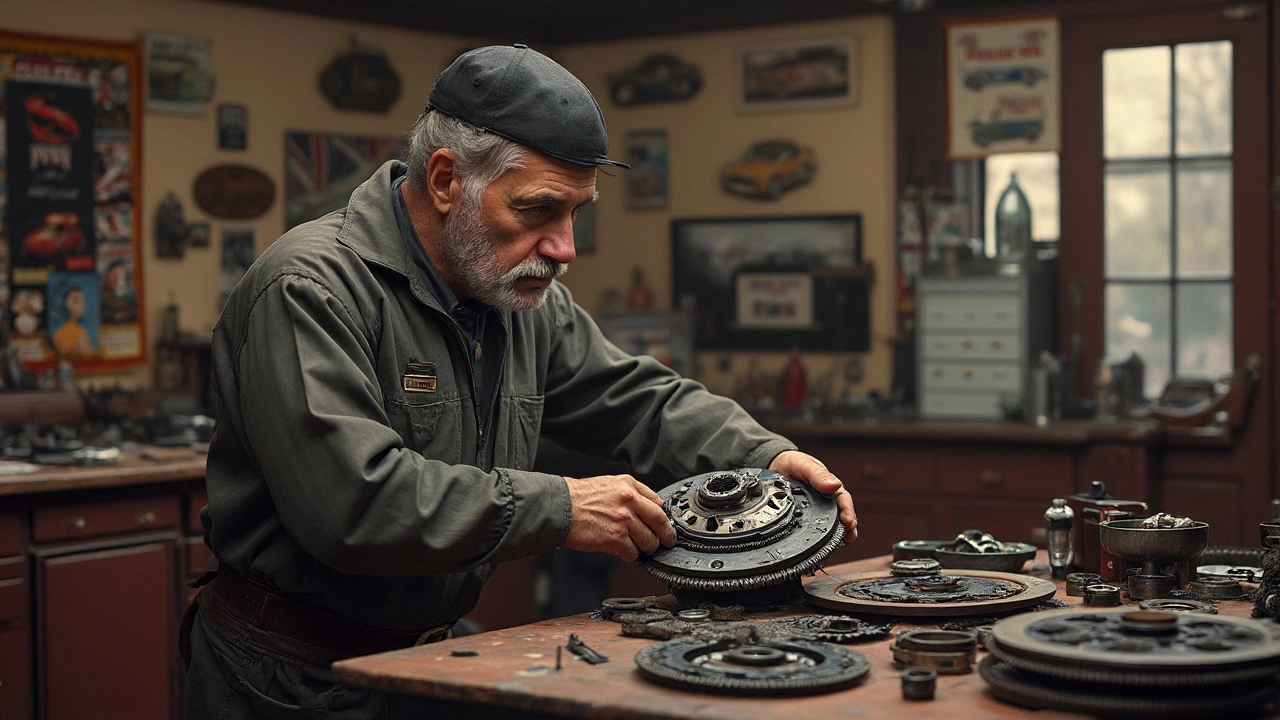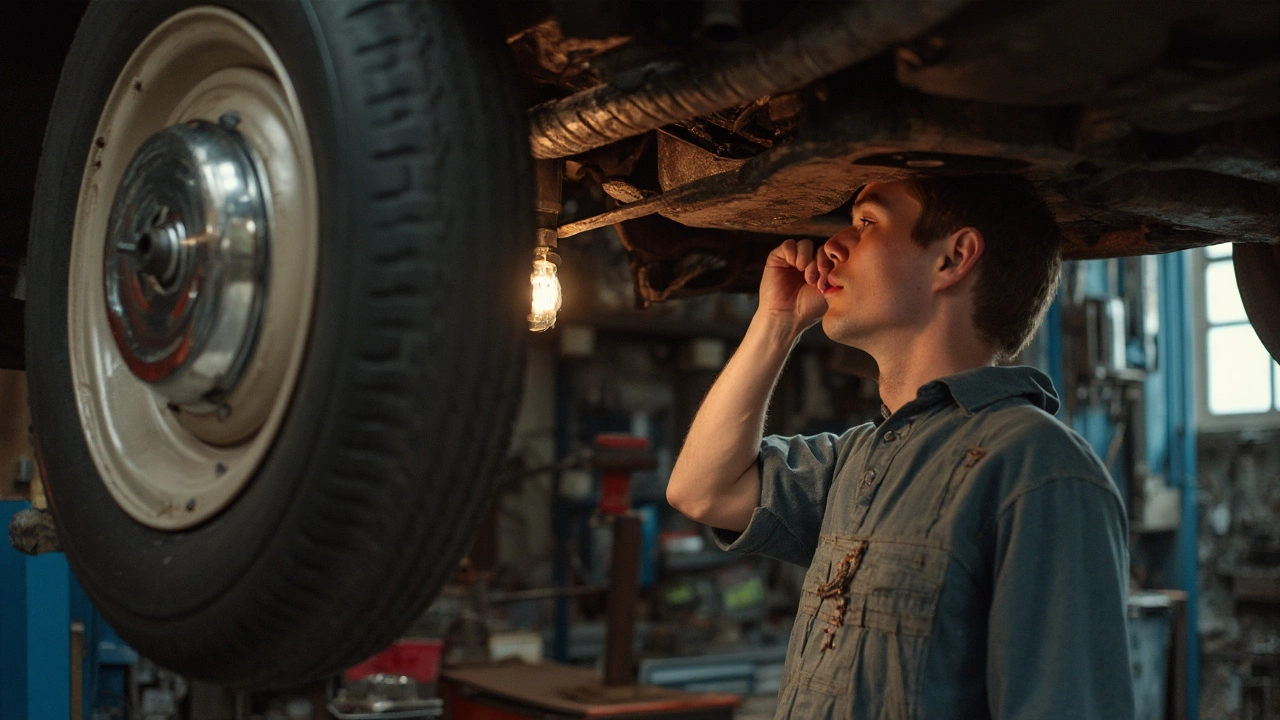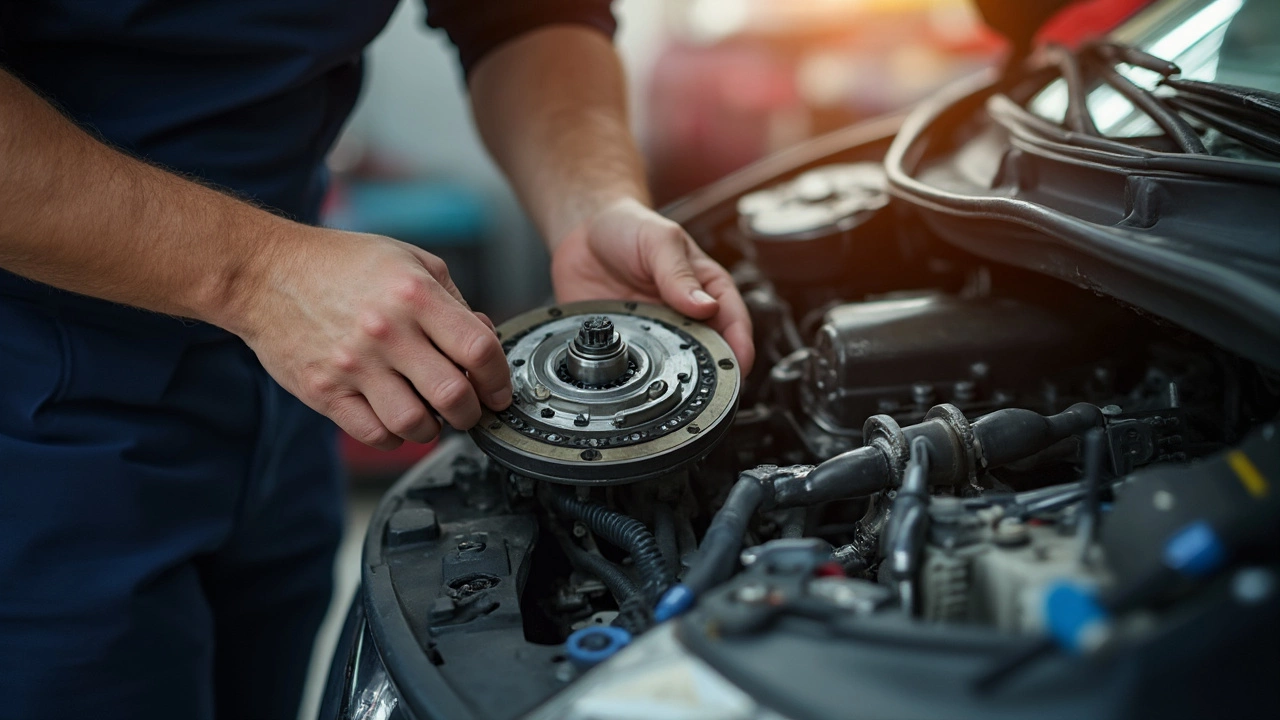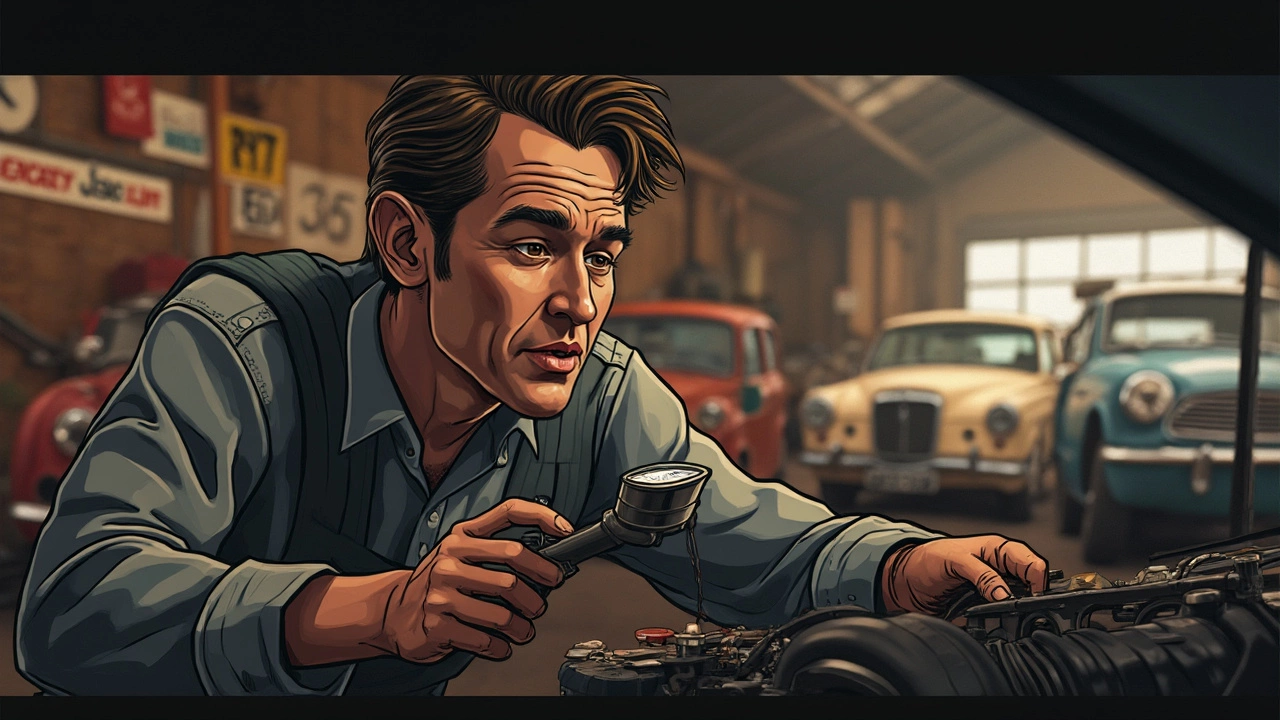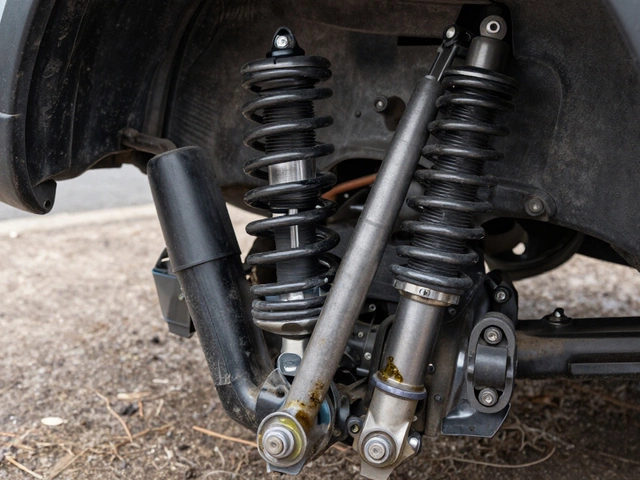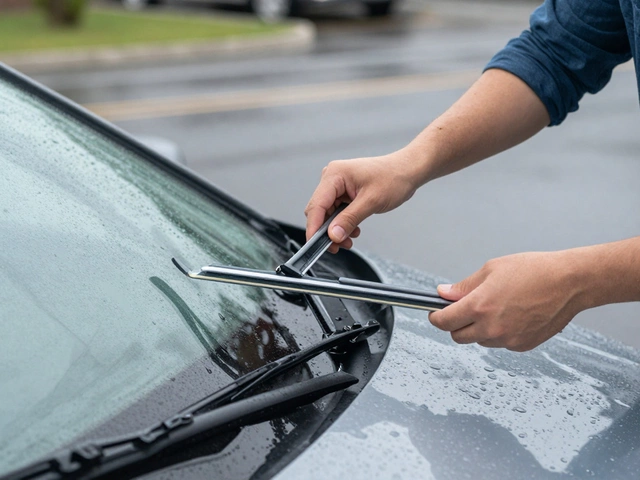Clutch Kits: Signs of Failure, Replacement Costs, and What You Need to Know
When your clutch kit, the set of components that connects your engine to the transmission, including the pressure plate, clutch disc, and release bearing. Also known as a clutch assembly, it’s one of the most worn parts in a manual car. If it starts slipping, grinding, or feeling spongy, you’re not imagining it—your clutch kit is failing. Unlike brakes or tires, you don’t see it every day, but when it goes, your car stops working properly. No clutch engagement means no power to the wheels. It’s not a minor issue—it’s a showstopper.
Most people notice a slipping clutch, when the engine revs up but the car doesn’t accelerate first. You’re in third gear, flooring it, and the RPM jumps like it’s stuck on a treadmill. That’s not turbo lag—it’s the clutch disc wearing out. Other signs? A clutch pedal that feels lighter than usual, or one that’s higher up before it engages. Sometimes, you smell burning—like hot toast—when you’re stuck in traffic. That’s the friction material overheating. And if you hear grinding when shifting, the release bearing or pressure plate is likely worn. These aren’t guesses. These are the exact symptoms we see in cars coming into our bay in Stevenage every week.
What causes this? Mostly time and driving style. If you ride the clutch, creep in traffic with your foot on the pedal, or launch hard from a stop, you’re eating through the clutch disc faster than normal. Even if you drive gently, most clutch kits last between 60,000 and 100,000 miles. But if your car’s over 10 years old and you’ve never replaced it, you’re playing Russian roulette. Replacing a clutch kit isn’t cheap—it’s a labor-heavy job because the transmission has to come off. But waiting too long can damage the flywheel or even the gearbox, turning a £500 job into a £1,500 one.
You don’t need to be a mechanic to spot trouble. If your car hesitates when you let the clutch out, or if you have to change gears more often than usual, it’s time to get it checked. We’ve seen drivers ignore these signs for months, thinking it’ll fix itself. It won’t. The clutch doesn’t heal. It only gets worse. And when it fails on a busy road, you’re stranded with no warning.
Below, you’ll find real-life guides from drivers who’ve been there—how to tell if your clutch is dying, what slipping really feels like, and when to replace the whole kit instead of just one part. No theory. No fluff. Just what works on the road in the UK.


